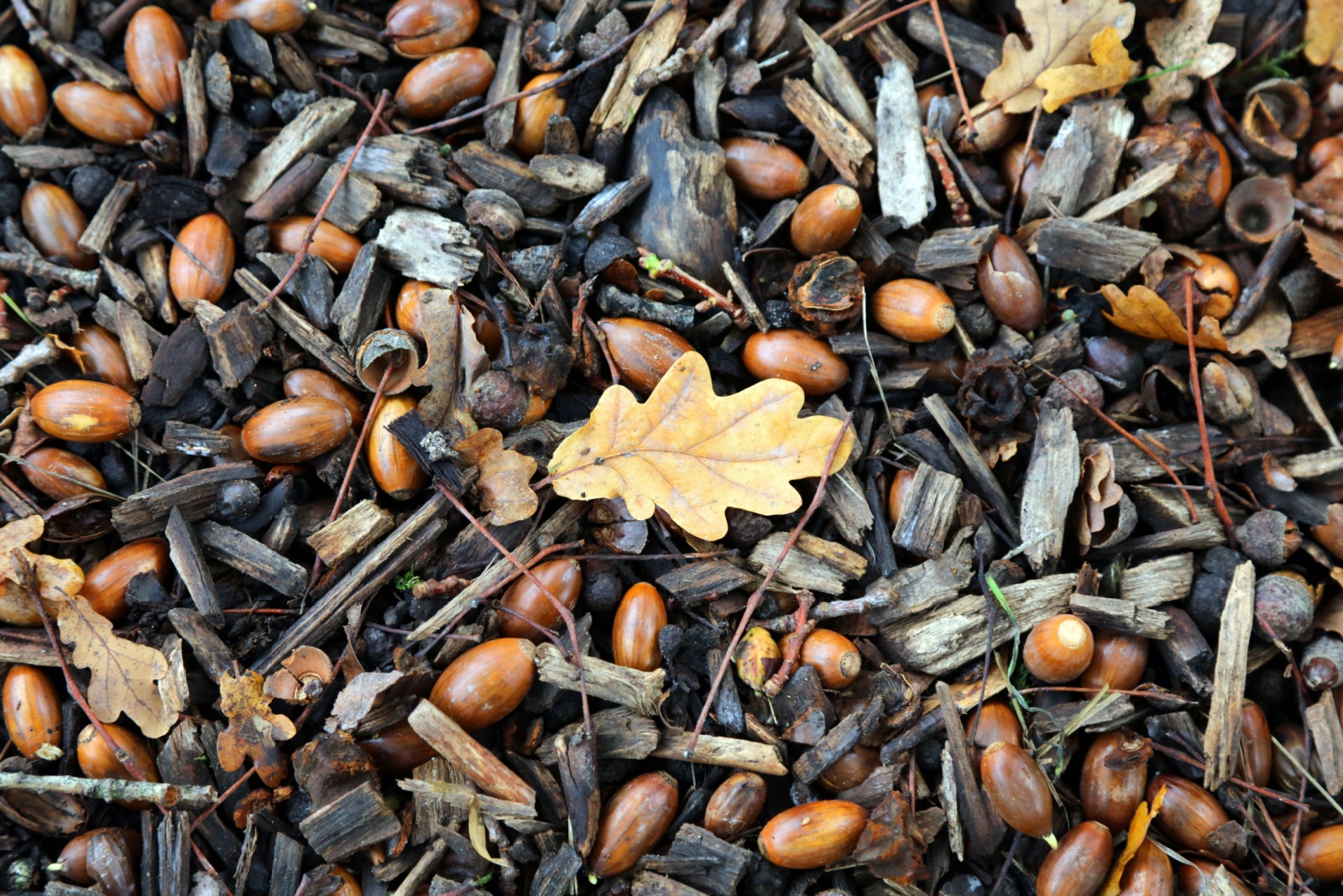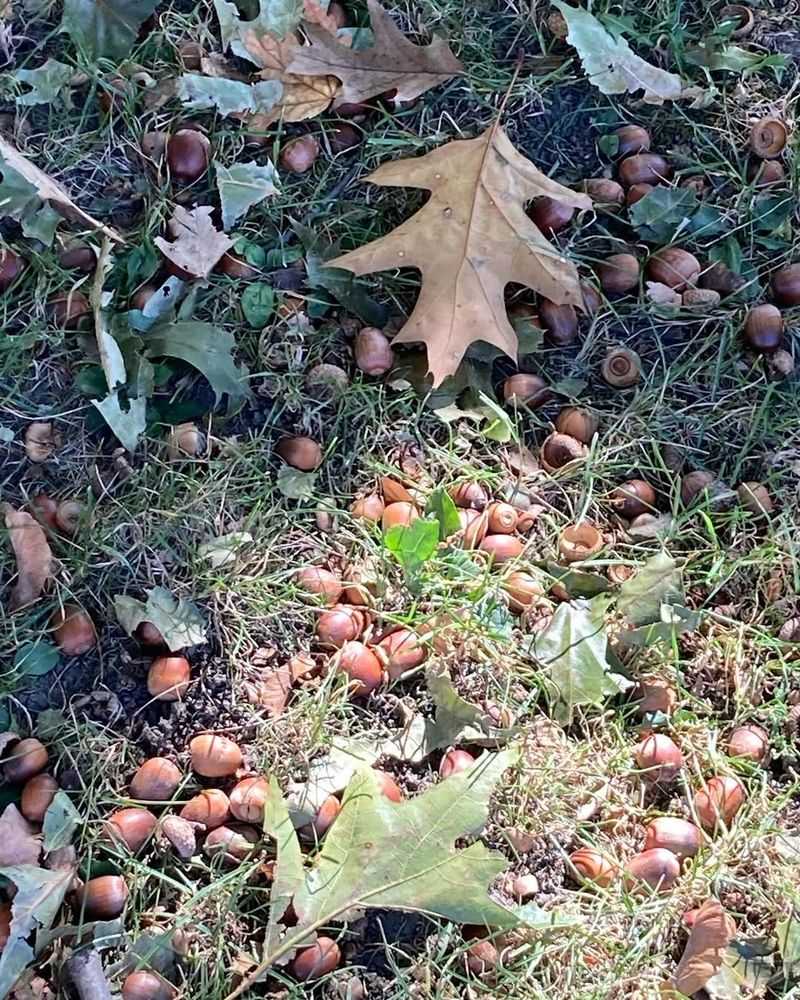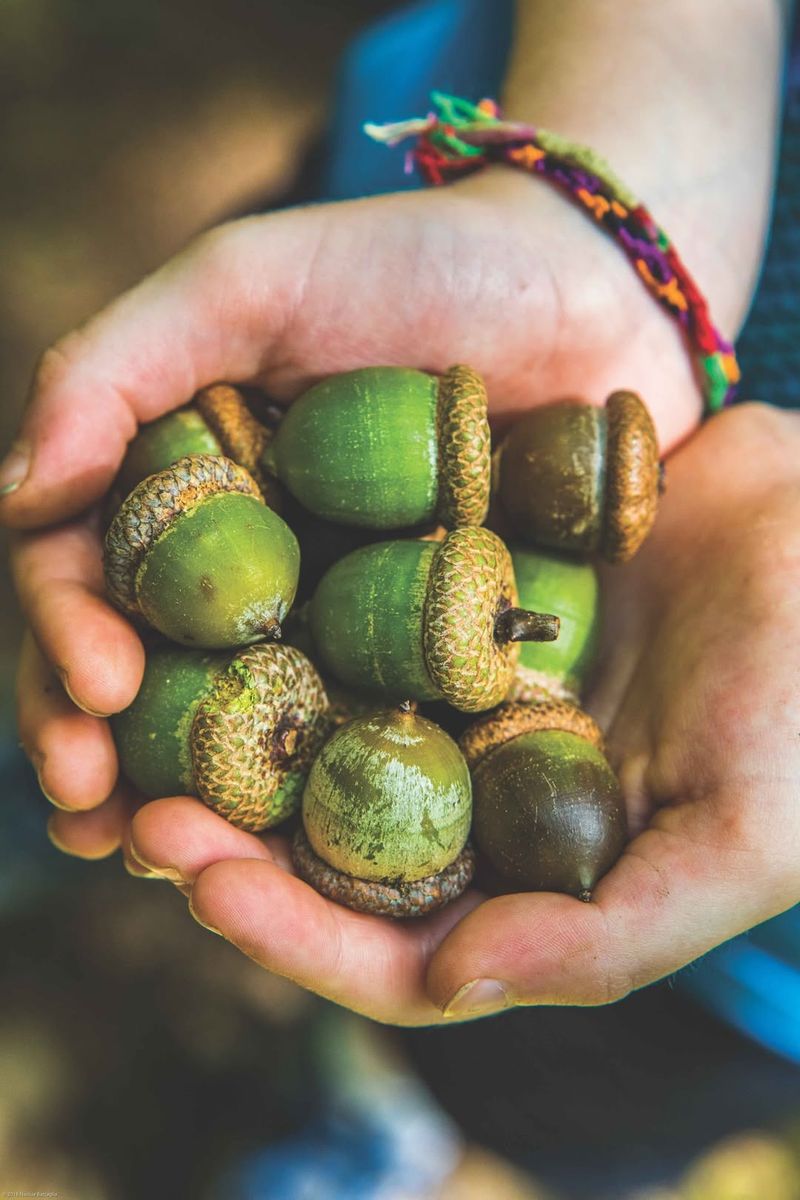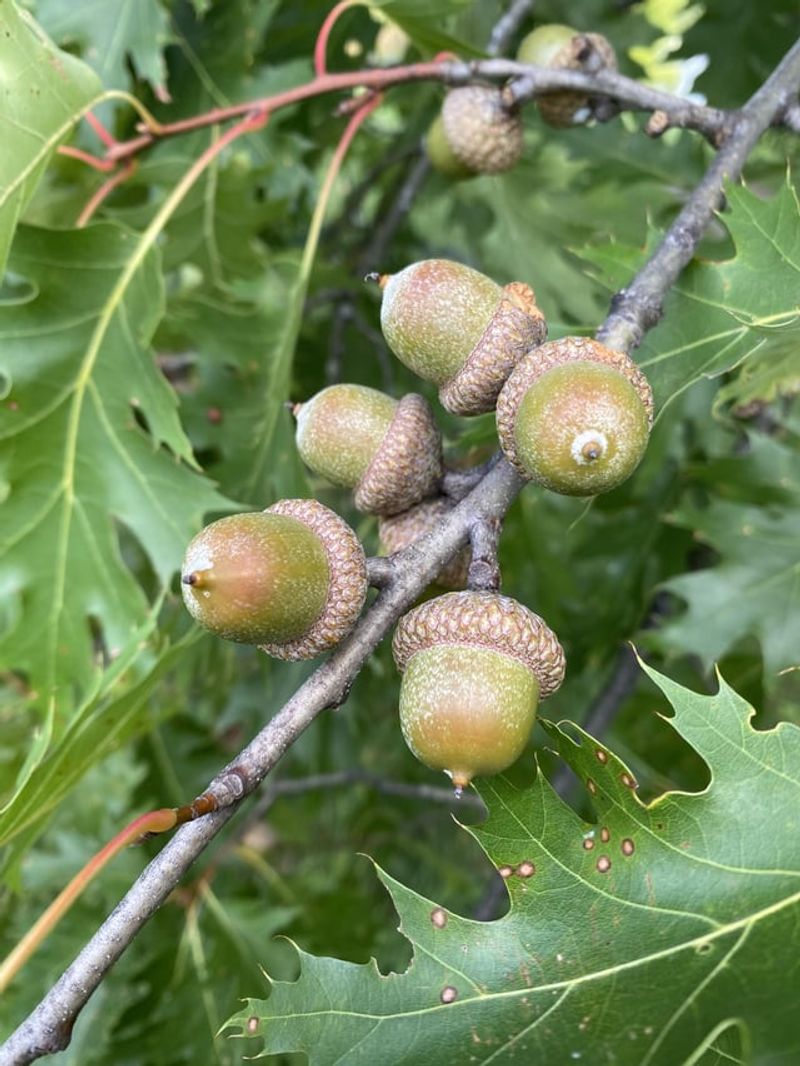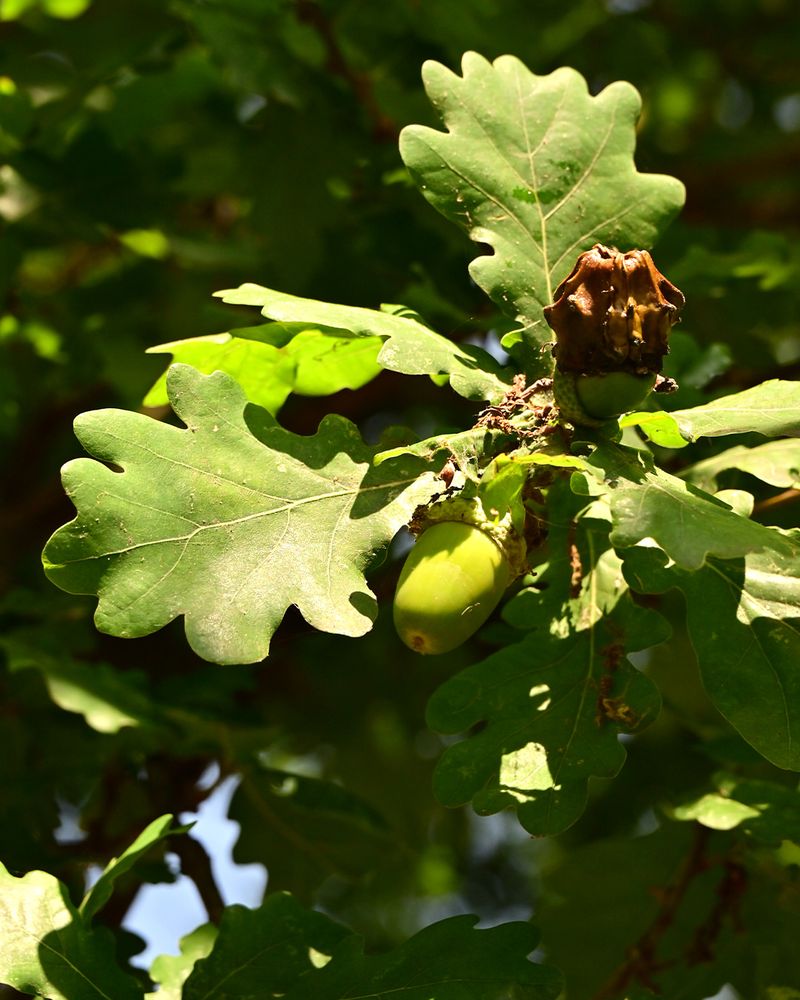Have you noticed your Louisiana yard covered in more acorns than you can remember? You’re not alone in this observation. Homeowners across the state are reporting an unusual abundance of these nutty treasures falling from oak trees this season.
Understanding why this is happening can help you better manage your yard and appreciate the natural cycles at work in your local environment.
1. Perfect Weather Conditions Created A Mast Year
Oak trees sometimes produce enormous crops of acorns in what scientists call a mast year. This happens when weather conditions align perfectly over several seasons.
Louisiana experienced ideal rainfall and temperatures during spring pollination, followed by a mild summer that allowed acorns to develop fully. When conditions are just right, oak trees can produce five to ten times their normal acorn output.
This natural cycle ensures tree survival by overwhelming animals that eat acorns, guaranteeing some nuts survive to sprout into new trees.
2. Oak Trees Synchronized Their Production Cycles
Something remarkable happens when oak trees in a region coordinate their acorn production together. Scientists believe trees communicate through underground fungal networks and airborne chemical signals.
When one oak senses favorable conditions, it triggers neighboring trees to ramp up production simultaneously. This year, Louisiana oaks appear to have synchronized their cycles across wide areas, creating the carpet of acorns you’re seeing.
This teamwork strategy helps ensure at least some acorns escape hungry wildlife and grow into saplings.
3. Last Year’s Mild Winter Boosted Tree Energy
Remember last winter’s unusually warm temperatures? That mild season played a huge role in this year’s acorn explosion.
Oak trees didn’t have to spend as much energy protecting themselves from harsh cold, so they stored extra resources for reproduction. Trees essentially saved up their strength like a battery charging for months.
When spring arrived, they had abundant energy reserves to channel into flower production, which eventually became the massive acorn crop covering your lawn today.
4. Adequate Spring Rainfall Supported Pollination
Spring rains arrived at precisely the right moment this year for Louisiana oak trees. Pollination success depends heavily on moisture levels during the brief window when oak flowers bloom.
Too much rain washes away pollen, while drought stresses trees and reduces flower production. This year’s balanced precipitation created ideal conditions for pollen to travel between trees and fertilize flowers effectively.
More successful pollination directly translates to more acorns developing and eventually falling into your yard months later.
5. Reduced Pest Pressure Allowed More Acorns To Mature
Insects and diseases typically reduce acorn crops significantly each year. Weevils bore into developing acorns, while fungal infections can destroy entire clusters before they mature.
This season, Louisiana experienced lower-than-normal pest populations, possibly due to weather patterns that didn’t favor insect reproduction. With fewer threats attacking developing acorns, more nuts successfully reached maturity.
Your trees essentially had a healthier growing season, allowing them to bring their full acorn potential to fruition in your yard.
6. Trees Are Responding To Environmental Stress Signals
Oak trees possess an amazing survival instinct that kicks in when they sense potential threats. Climate fluctuations, drought memories, or other stressors can trigger trees to reproduce heavily.
By producing extra acorns, trees essentially create insurance policies for their species’ future. Some researchers believe Louisiana oaks detected subtle environmental signals that prompted this reproductive surge.
While your yard cleanup might be challenging, you’re witnessing an ancient survival mechanism that has kept oak forests thriving for millions of years.

